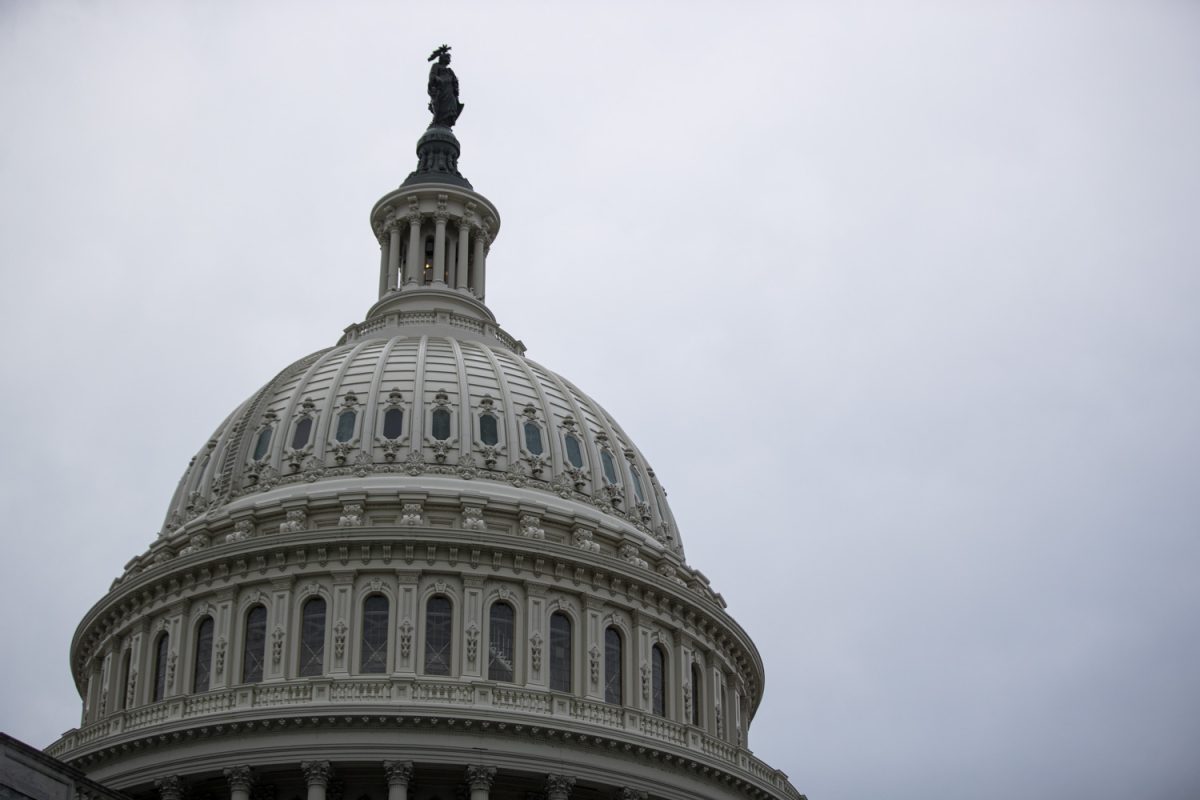Since returning to the White House last month, President Donald Trump has signed a slew of executive orders in a bold display of his administration’s new agenda. Included were policies aimed at the total elimination of Diversity, Equity, and Inclusion, or DEI, from previous administrations. An executive order titled “Ending Radical and Wasteful Government DEI Programs and Preferencing” described the policies as “illegal and immoral discrimination.”
DEI offices and training programs have been established in abundance in schools and workplaces across the nation, including the University of Iowa.
These programs intend to address systemic inequalities tied to identity by promoting diversity in educational and professional environments, making the services these institutions offer more reflective and accommodating of a diverse public.
This approach, however, has been framed as divisive and unnecessary by more conservative audiences who feel emphasizing differences in identities is not an issue for governmental address.
The order against DEI has prompted a mandatory shutdown of all existent federal DEI offices and the suspension of work with contractors engaging in DEI practices. The executive order states, “Americans deserve a government committed to serving every person with equal dignity and respect, and to expending precious taxpayer resources only on making America great.”
DEI is also being fought at the state level. In May of last year, the Iowa legislature passed Senate File 2435 restricting DEI practices across the state. The move primarily focused on the role of DEI on public university campuses in the state. The restrictions most prominently include limitations on DEI-related graduation requirements such as courses on social justice, anti-racism, and cultural competence.
DEI promotes the idea that extra assistance should be given to populations who have inherited disadvantages in order to make the quality of life more equitable for all populations.
In workplaces, this largely means diversifying staff, and in schools, expanding coursework to include information more relevant to marginalized populations. These motions have been met with legislation to remove content deemed inappropriate or provocative from schools, largely being applied to racial and LGBTQ+ content.
Now that a party is in power that has claimed credit for the demise of long-standing precedents like affirmative action and doubled down on its anti-DEI stance, progress on the social justice front today looks less than promising.
DEI programs were a success for social justice infrastructure development over the last decade. However, in losing them, not all future progress has been lost. Those invested in the mission of DEI should shift focus to ways to stay engaged without institutional aid. In Iowa City alone, there are several historical markers detailing examples of personal initiative that ultimately ushered in significant progress for the city.
The Tate Arms House, for instance, located at 914 S. Dubuque St., is recognized today for its usage as an off-campus housing facility for Black men attending the UI before dorms allowed Black residents.
The university has admitted Black students since as early as the 1870s with the first on-campus dorms constructed in the 1910s. The dorms were not integrated until decades later in 1946. In that time, there were several homes in the community, like the Tate Arms House, that offered off-campus housing so that Black students could attend the university despite resistance by way of housing discrimination.
The Iowa Federation House, located at 942 Iowa Ave., is another relevant example. This property conversely housed Black female students attending the university and was operated by the Iowa Federation of Colored Women’s Clubs. The house also notably contributed to the presence of Black Greek organizations in Iowa City, having housed the Kappa Alpha Psi Fraternity for several years while in operation.
Resources like the Tate Arms House and the Iowa Federation House ushered in the eventual full integration of the UI campus by tangibly normalizing and broadening the presence of Black students.
Both of these sites are testaments to how social progress can be facilitated at the local level without interaction with any politicized governmental system. They canonize the stories of Iowa City community members who witnessed inequality in their city and took the personal initiative to fill that gap.
Although DEI has been essentially extinguished as a reliable source of reparative progress for minority populations, there are still ways to curb the societal disparities on an individual level. If the consensus is that government resources are not best spent on paving the way to social reform, then maybe community resources are.
At the local level, there are innovative ways to support minority communities without government oversight. We should collectively take note of the foundational successes that took place in times past before DEI and government were ever intertwined.



